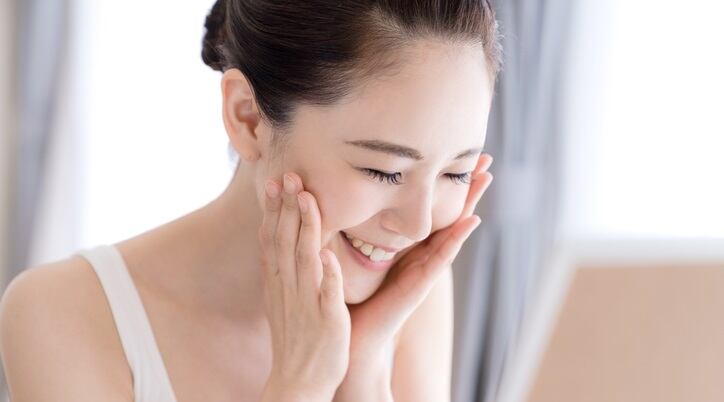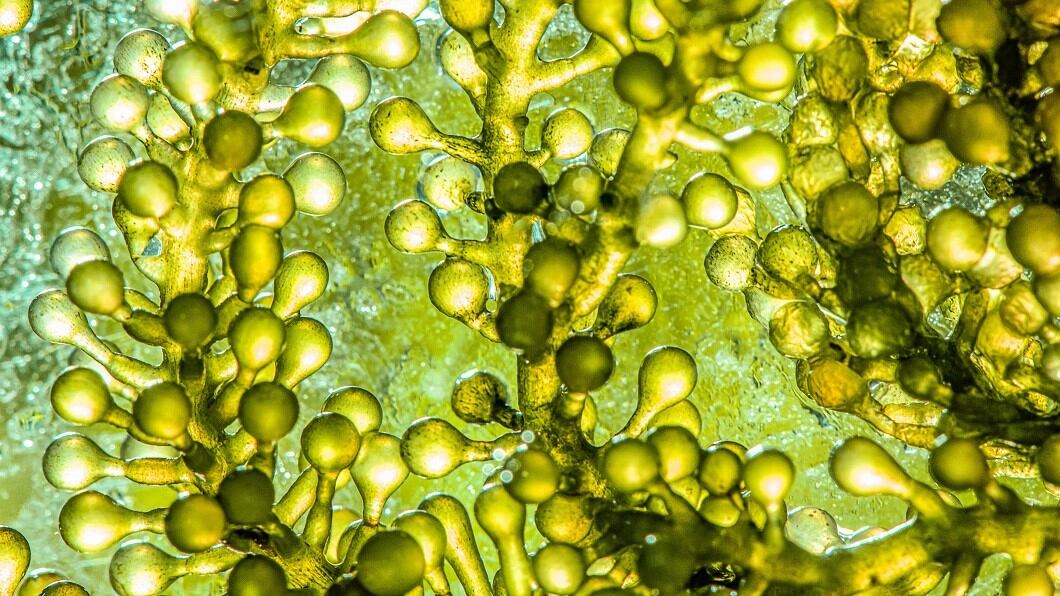While the concern for microplastics has yet to hit Asia Pacific, the issue is a growing concern in the European and American markets.
Francois Bleger, head of Clariant business unit industrial & consumer specialties, APAC believes it is just a matter of time before the issue spreads into South East Asia.
He noted that it was a hot topic that is only going to become more prominent along with the demand for encapsulation.
“We see the need for encapsulation as quite important in the market. We see this as an upcoming trend, and we believe we have an edge with this technology because for encapsulation, microplastic-free is quite rare.”
As such, the company developed a microplastic-free encapsulation technology that is made out of a combination of waxes and surfactants.
“We all know that the melamine-based technology is an issue here. Everyone in the industry is looking for a solution and we have the solution with our tech,” Guido Appl, head of sales & application, personal care industrial and home care, APAC.
Innovative approach
Based on this, the company has come up with two ranges, Vitisphere and Encapsogen.
Vitisphere features slow-release technology that holds onto active ingredients until application, and allows the actives to penetrate deeply into the skin.
Encapsogen, which was launched at in-cosmetics Asia 2019, encapsulates fragrance and releases it very slowly to give a very long-lasting effect in various personal care and even home care applications.
Clariant claims Encapsogen can make fragrance last from six to 12 hours.
“As you may know, many of these fragrance encapsulation systems are based on the mechanical release but a diffusion mechanism which we see as very interesting for the industry,” explained Bleger.
Appl elaborated: “Other technologies which are more like breaking shells to release the fragrance. Once it's broken and released, the effect is gone. In our case, this is a permanent release over a long time.”
Another feature of this technology is that it is very versatile and can be “tailor-made” to fit its customers’ needs, Appl said.
“You can change the wax or the surfactants… it can be sustainable, biodegradable… and we have a whole range of surfactants which can be used, it can be extremely sustainable.”
He added: “With Encapsogen, we set a new standard in combining excellent biodegradability with superior performance of controlled slow release of fragrance. Our customers are thrilled about the possibilities with this microplastic-free technology.”
While the company sees a lot potential in this, Bleger clarified that it does not mean the company is looking to become a fragrance firm.
“Clariant is not a fragrance house and we do not intend to become a fragrance house. But we have the technology of delivering products. Encapsulation is one of these technologies which is relying on a lot of products which are coming historically from our portfolio, this is why we were looking at a fragrance delivery system.”





